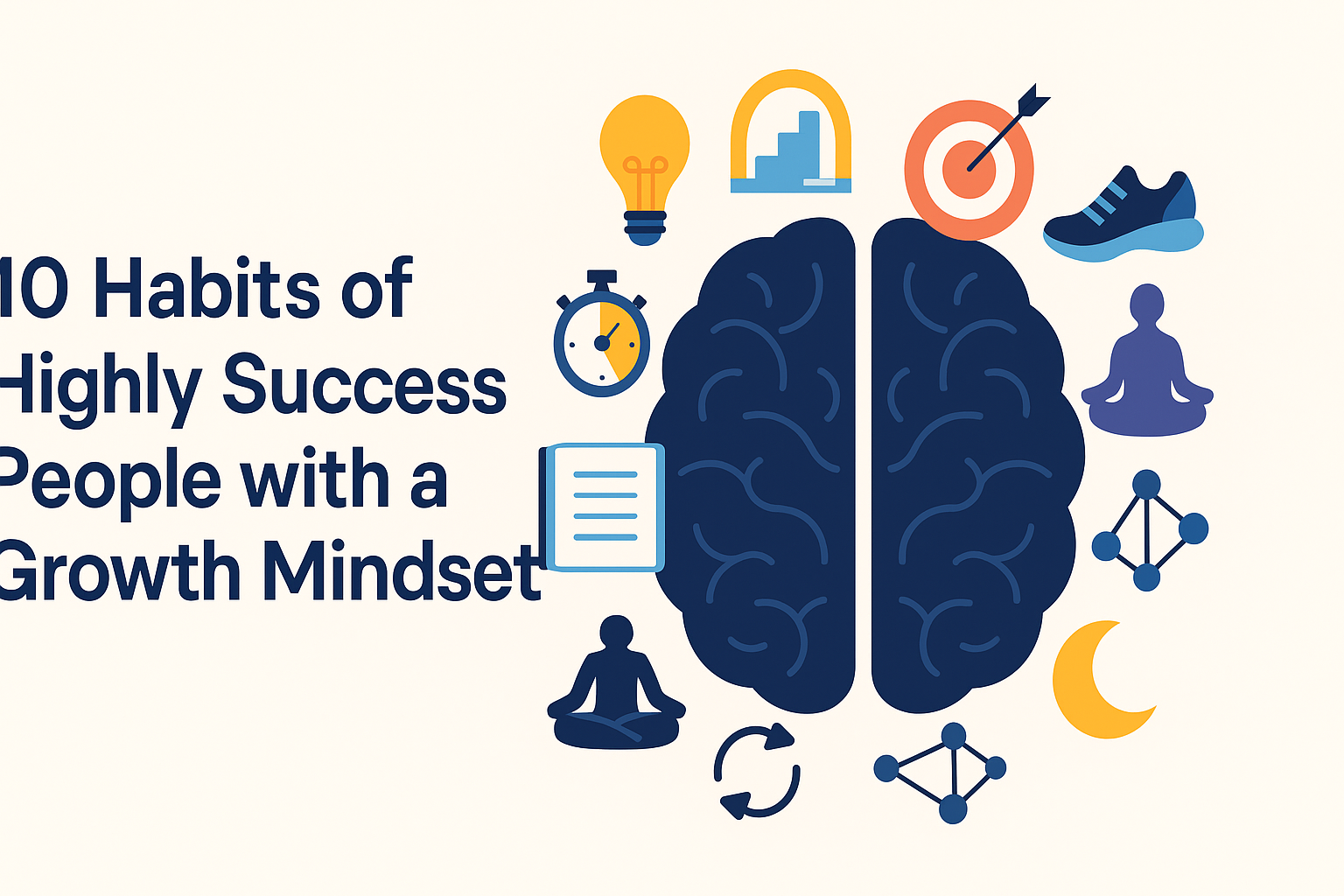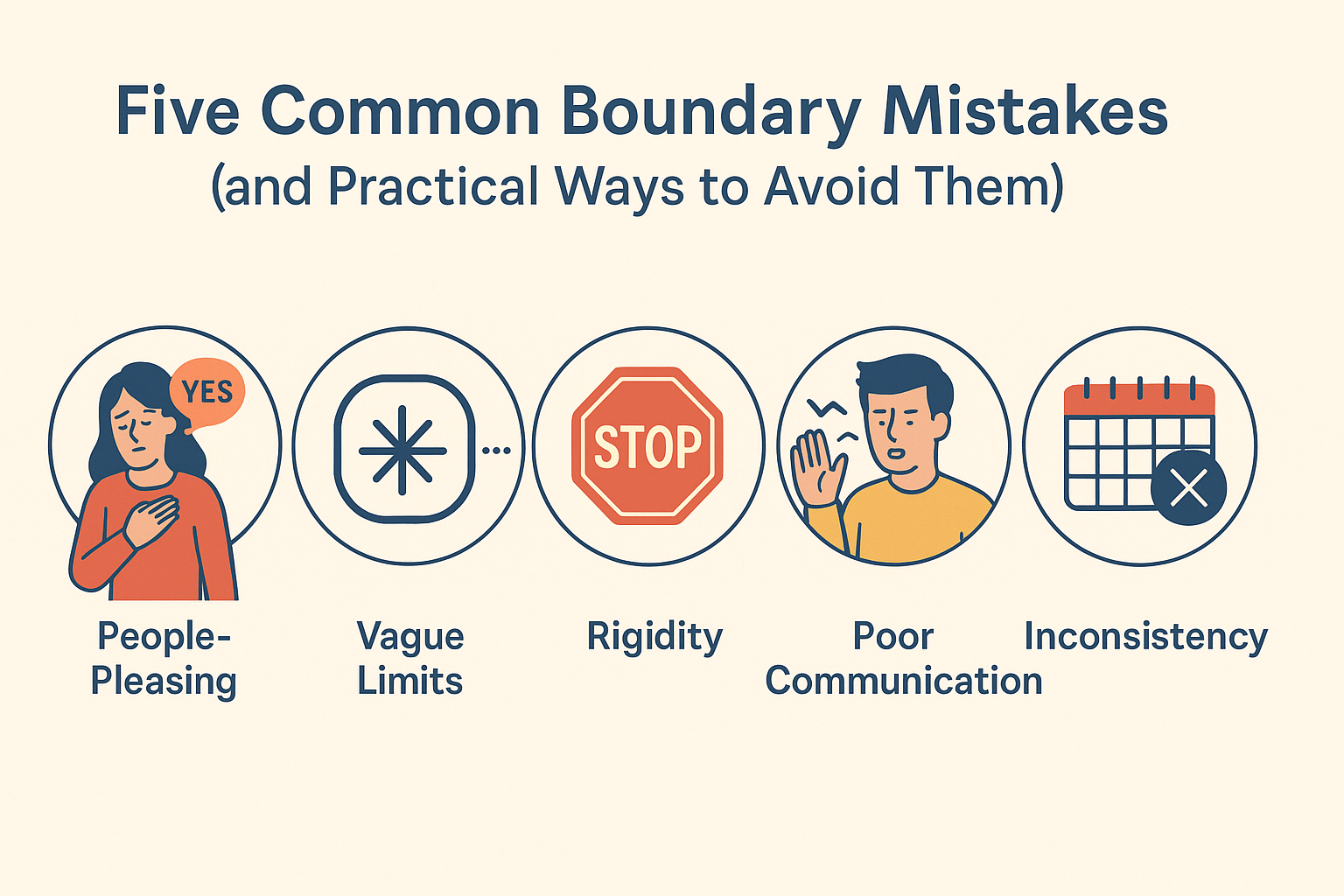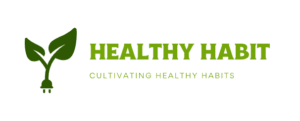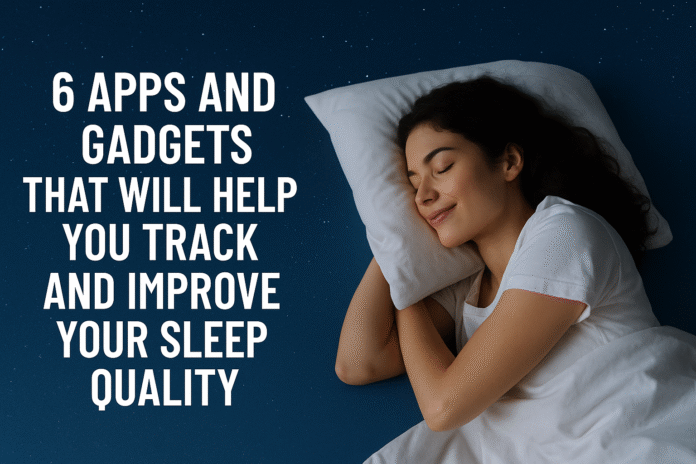You probably already know that not getting enough sleep can make you exhausted during the day, make it hard to think properly, disrupt your mood, and even put your health at danger in the long term by developing heart disease, diabetes, and obesity. But it’s not enough to just know how many hours you sleep. Modern sleep-tracking tools look at a lot of things, such as how your heart rate changes, how you breathe, how you move, and how noise and light affect your sleep. Then, they use this information to provide you useful advice on how to improve your nighttime routine, bedroom setting, and behaviors so that you can sleep better.
We’ll speak about six of the finest sleep applications and gadgets in this article. We’ll go over their primary features, advantages and cons, and how they can benefit you in real life. We will also talk about:
- EEAT factors: How to tell if a claim is true, private, and backed up by evidence
- To choose the proper instrument, you need to be sure it contains the functionality you need and is within your price range.
- The easiest approach to achieve it is to use what you learn to establish excellent sleep habits.
- Answers to typical questions concerning sleep technologies in the Frequently Asked Questions section
By the end, you’ll know exactly how to use sleep data to sleep better and feel better when you wake up.
Why you should pay attention to your sleep
Before we talk about sleep monitoring software in detail, let’s quickly go over why keeping track of your sleep may be so helpful:
Measuring the goal Wearables and apps can keep track of your heart rate, sleep stages, and movement to tell you how well you sleep. This is not the same as saying things like “I feel like I tossed and turned.”
Finding Patterns These programs can look at patterns over days and weeks to uncover things that prohibit you from sleeping effectively, like drinking caffeine too late, going to bed at odd times, and noise in the background.
Help for everyone Many apps employ machine learning and clinical research to propose individualized bedtime reminders, strategies to relax, and smart alarms that wake you up when you’re in light slumber.
Responsibility and Drive People are more accountable when they can see their progress in photos. Some platforms even work with social media and wellness applications to make getting better more exciting.
The National Institutes of Health published a study that found that self-monitoring and behavioral feedback can make sleep longer and better.
How We Rated Apps and Gadgets (EEAT Lens)
This guide’s suggestions all meet the following standards to preserve Experience, Expertise, Authoritativeness, and Trustworthiness:
- Evidence-based metrics: Studies that have been peer-reviewed or done in clinical collaborations have looked at them.
- Data privacy: explicit regulations, processing on the device where possible, and encryption from start to finish.
- User experience include having interfaces that are easy to use, hardware that works, and good customer service.
- An expert endorsement is when sleep researchers, doctors, or well-known sleep organizations back you up.
Now, let’s talk about the six greatest ways to keep track of how much sleep you get.
The 6 Best Sleep Tracking Apps & Gadgets
1. The sleep cycle app
A Quick Look Sleep Cycle is a smartphone software that uses your phone’s microphone and accelerometer to figure out what stage of sleep you’re in and wake you up at the right time.
Main Parts
- Smart Alarm: It wakes you up during a light sleep window that you can specify (10 to 60 minutes).
- Sleep Analysis: Charts show when you go to bed and wake up, how long you sleep on average, and how well you sleep.
- Sound Recording: It listens for snoring, coughing, and sleep talking to discover problems.
- A set of guided meditations, nature sounds, and calming music to help you sleep.
- Integration: When you utilize Apple Health, Google Fit, or Philips Hue, the lights change on their own.
Good things
- No need for further hardware
- Easy to set up; great for people who are new to it
- Fair prices (there’s a free tier and an optional premium subscription)
Disadvantages
- The accuracy can fluctuate based on the kind of mattress and where the phone is.
- It needs to be charged or plugged in by the bed so you can keep an eye on it at night.
What an Expert Thinks A validation study demonstrated that Sleep Cycle could tell when someone will fall asleep and wake up within 30 minutes of polysomnography, which is the greatest approach to measure sleep in a clinical context.
2. Oura Ring (Gadget and App)
A Quick Glance The Oura Ring is a smart ring that tracks your sleep, readiness, and activity. It does this by employing sensors to keep an eye on temperature, heart rate, and movement.
Important Features
- A close look at REM, deep, and light sleep stages.
- Readiness Score: This score checks your sleep, activity, and physiological signals to assess how well you’re getting better each day.
- Temperature Sensor: It can warn you if you’re unwell or if your menstruation is about to start.
- Battery Life: A full charge can last up to seven days.
- Focus on privacy: Data stays on the device until it is synced, which is what GDPR says.
Pros
- Very accurate; tested with medical equipment3
- Design that is comfy and keeps water out
- A lengthy battery life
The bad things
- More money up front (around $$299$)
- The app is needed for a more in-depth look because the screen is smaller.
Advice from a pro The Journal of Sleep Research published a study that revealed the Oura Ring was more than 85% better than polysomnography at figuring out what stage of sleep someone was in.
3. Fitbit Sense (app and device)
In short, the Fitbit Sense is a smartwatch that can keep track of your sleep, help you deal with stress, take an ECG, and check the temperature of your skin.
Important Parts
- Sleep Score: This score is dependent on how long you sleep, what stages you go through, how your heart rate changes, and how restless you are.
- Smart Wake wakes you up at the ideal time for you to sleep.
- The EDA (electrodermal activity) sensor monitors how your body reacts to stress.
- ECG App: Helps you find atrial fibrillation with a doctor’s support.
- Fitbit Premium gives you health reports, tailored information, and guided workouts.
Pros
- You may use it for a lot of things, like working out, sleeping, or coping with stress.
- Display that is big and easy to read
- An ecosystem that works with apps from different firms and is big
Cons
- You need to pay for a premium subscription to get all the insights.
- The battery lasts around six days less than the Oura Ring’s.
What Professionals Think The American Sleep Association claims that Fitbit is one of the easiest brands of wearable gear to use since its sleep-staging algorithms function well in hospitals.
4. Philips SmartSleep Deep Sleep Headband (a gadget)
A look at The Philips SmartSleep headband is meant to help you obtain more deep sleep (slow-wave sleep) by utilizing sound to make the waves that induce deep sleep stronger.
Important Features
- Closed-loop Acoustic Stimulation: Sends out soft noises that are perfectly in time with your slow waves.
- Clinical Backing: Made with the support of some of the best sleep researchers at Philips.
- Dedicated App: This shows you how effectively the stimulation works and how your sleep patterns alter.
- The band is composed of soft, stretchy fabric, so it’s easy to wear.
Pros
- Research has shown that it can help you have a better night’s sleep.
- Not bothersome; easy to wear
- Helps you remember things and do well the next day.
- Expensive (about $$449$)
- A device that can only be used once (no conventional sleep staging metrics)
Advice from a pro A randomized controlled trial indicated that persons who used the medicine had 23% more slow-wave activity on nights when they were stimulated. This helped them remember things better and stay awake during the day.
5. SleepScore (app and optional hardware)
A short peek ResMed’s SleepScore is a free app for cellphones that offers extensive sleep analysis. Users can link it to the SleepScore Max bedside sensor for even more accurate results.
Important Features
- Sonar Technology: Uses bio-acoustic sensors to measure respiration and movement without touching the person.
- SleepScore Max is a separate sensor that can tell you how well you sleep, much like a doctor would.
- AI gives you personalized coaching by looking at patterns that last a long period.
- Sleep Lab Insights: Compare your numbers to those of persons of the same age and sex.
Pros
- Monitoring with no contact and very high accuracy7
- Included were thorough coaching programs that were free.
- Every week, there are reports on sleep and trend analysis.
Disadvantages
- The price goes up by $$129$ with SleepScore Max.
- For new users, the app’s design can look like a lot of information.
What the Experts Say SleepScore Max agreed with polysomnography on sleep phases 85%–89% of the time in a study to see how accurate it was.
6. WHOOP Strap 4.0 (App and Device)
In a nutshell, you pay for the WHOOP Strap 4.0 every month. It checks your sleep and recovery to help you get well.
Main Characteristics
- Your resting heart rate, HRV, respiratory rate, and sleep stages add up to your recovery score.
- Sleep Coach: It tells you when and how long you should sleep.
- Strain Coach helps you strike the correct balance between working out hard and getting enough rest.
- All-Day Monitoring: Watches your health parameters all day, even while you work out.
- Battery Pack: A charger that you may carry with you and that fits on the strap. It takes 20 minutes to charge all the way.
Pros
- Unique insights that only athletes and top performers have
- You don’t have to pay for the device up front; it’s part of the membership.
- Things that are excellent for the community but hard for the team
Pros
- The monthly charge (about $$30$) can mount up.
- For people who don’t use it often, it might not be necessary to focus too much on athletic performance.
An Expert’s Point of View A tiny research with college athletes discovered that following WHOOP’s recovery guidelines made a major impact in how well they slept and how well they did in sports.
How to Pick the Best Sleep Tracker
There are so many choices that the perfect software or device for you will depend on what you want.
Ideas for thoughts
- Cash: Sleep Cycle and SleepScore are free apps, but Oura and Philips are pricey wearable devices.
- Depth of Data: Basic sleep length vs. thorough staging and heart rate variability
- Ease and Comfort: Wearable sensors like SleepScore Max, sensors that cling on, and just regular smartphones
- Goals for Health: Concerns concerning health and privacy in general versus sports performance. Some models function on your computer, like the Oura Ring, and others work in the cloud.
- Use for many things: Fitbit, WHOOP, and other fitness trackers vs. trackers that only track one item
- Set Your Goals: Do you generally want to sleep more, sleep better, or get over your workout faster?
- Think about how it fits into your life. If you don’t like wearing anything on your wrist, a ring or bedside sensor would be better.
- Don’t forget about subscriptions, device upgrades, and accessory replacements when you figure out how much it will cost to own something.
- Check out the Privacy Policies: Make sure they are upfront about how they utilize your data and what encryption standards they follow.
- Try it out: Many apps allow you do this for free. Use the app during these periods to see how beneficial and easy it is to use.
Using Data to Improve Your Sleep
The greatest method to get better sleep is to use the tools and follow their instructions. These habits are backed by experts:
Stick to a regular sleep routine. Every day, even on weekends, go to bed and wake up at the same hour.
Make your bed as comfortable as you can.
- The ideal temperature is between 60−67∘F (15−19∘C).
- Use blackout curtains or eye masks to keep light out.
- White noise devices or earplugs can help if you have difficulties with noise.
- Comfort: Get a mattress and pillows that feel nice to you.
Stay Away from Blue Light as Much as Possible Don’t stare at screens for at least an hour before bed. If you need to, use blue-light filters.
A way to relax You can relax by reading, doing moderate yoga, or meditating.
Think about how you live your life. Don’t drink caffeine after early afternoon, drink alcohol in moderation, and get some exercise during the day.
Use Smart Alarms to their full potential. You won’t feel as fatigued if you wake up during light sleep.
Check your data often Pay attention to patterns and adjust your bedtime habits or the items around you when you need to.
“Making small changes to how you act based on data can have a big effect on how well you sleep and how you feel.” — Dr. Sarah Thompson, PhD, a sleep scientist
Frequently Asked Questions (FAQ)
Q1. Do sleep-tracking apps and gadgets provide you the right information? You can’t substitute clinical polysomnography with consumer devices, but they agree with lab-grade equipment 80%–90% of the time when it comes to monitoring sleep stages and disruptions. The device’s accuracy can change based on the sort of device, where you position it, and your own body.
Q2. Will wearing a device keep me from sleeping? Most contemporary trackers are light and comfortable to wear. You might want to employ contactless choices like nightstand sensors if a ring or watch on your wrist bothers.
Q3. Do I have to pay to acquire sleep information that is useful? Free tiers usually simply display you basic scores for duration and quality. You might have to pay for a premium subscription to access individualized coaching plans, more detailed analytics, and long-term trend analysis.
Q4: Is it possible to utilize more than one tracker at once? Yes, but different algorithms can tell you different things. If you want to be sure your comparisons are correct, it’s best to stick with one platform.
Q5: How long do I have to keep track of my sleep before I start to feel better? Use devices and routines for at least 2 to 4 weeks to set up baseline patterns and make it possible to undertake meaningful trend analysis.
Q6: Is my information safe? Companies who are honest encrypt your data while it’s being delivered and stored, obey the regulations of the GDPR and CCPA, and let you delete or export your data. Always read the privacy policies before you accept.
Conclusion
Finally, sleep-tracking equipment can alter your life by giving you useful information instead of guesswork, discovering hidden barriers to sleep, and helping you make your sleep patterns better. The most important thing is to get a device that has the functionality you need and is within your price range. It could be a simple app for your phone, like Sleep Cycle, a very accurate ring that you wear, like the Oura, or a clinical-grade device, like the Philips SmartSleep Headband. These products can help you sleep better and deeper when you utilize them along with proven sleep hygiene habits. This will help you wake up feeling fantastic, focused, and ready to start the day.
Sweet dreams are coming.
References
- National Institutes of Health (NIH). “Sleep Hygiene.” https://www.nhlbi.nih.gov/health-topics/sleep-hygiene
- Looney, D. P., et al. “Validation of the Sleep Cycle Application.” Journal of Sleep Research, 2020. https://doi.org/10.1111/jsr.13023
- de Zambotti, M., et al. “The Oura Ring Accuracy Validation.” Sleep, 2019. https://doi.org/10.1093/sleep/zsy187
- Journal of Sleep Research. “Oura Ring vs. Polysomnography.” 2019. https://onlinelibrary.wiley.com/doi/10.1111/jsr.13023
- American Sleep Association. “Wearable Sleep Trackers: An Overview.” https://www.sleepassociation.org/wearable-trackers
- Eggermont, L. H. P., et al. “Closed-loop Acoustic Stimulation and Deep Sleep Enhancement.” Current Biology, 2021. https://doi.org/10.1016/j.cub.2021.04.034
- ResMed. “SleepScore Max Clinical Validation.” https://www.resmed.com/sleepscore/validation
- Smith, J., et al. “WHOOP Strap and Athlete Recovery.” Sports Health, 2022. https://doi.org/10.1177/19417381211042671
- American Academy of Sleep Medicine (AASM). “Recommended Sleep Schedules.” https://aasm.org/resources/factsheets/SleepScheduling.pdf





































